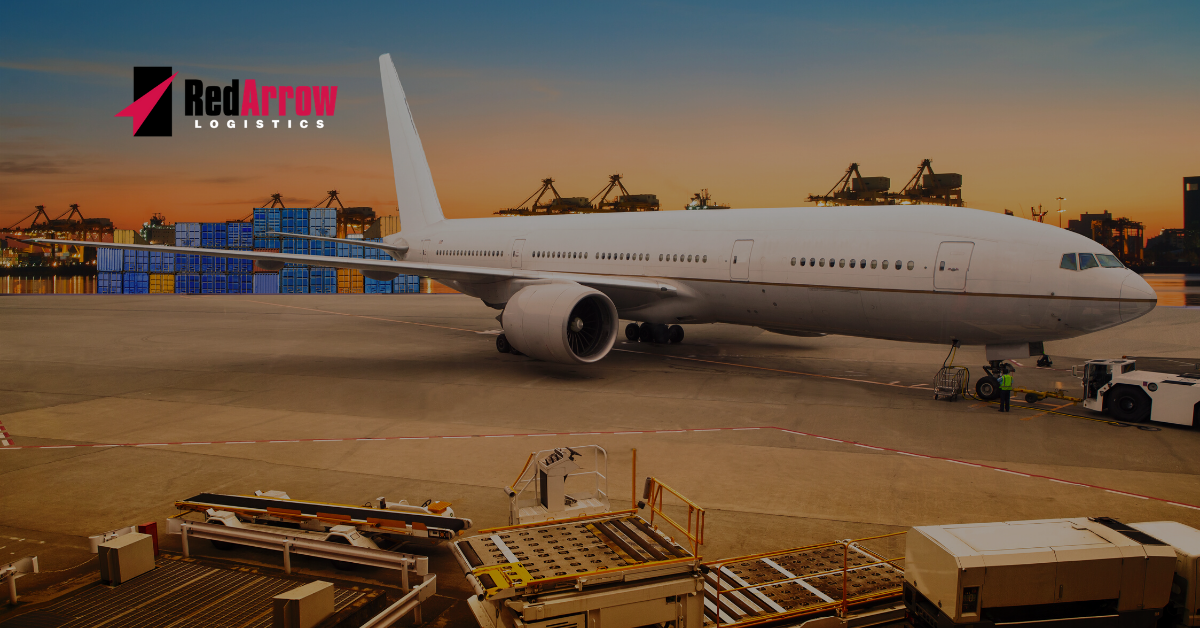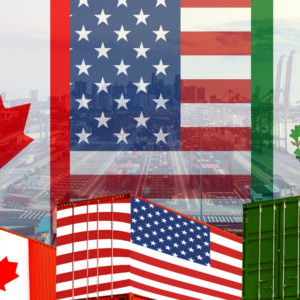The global Aerospace air cargo market experienced a downturn in 2019, leaving many to wonder what will occur in 2020. Political and economic changes that are beginning to take place might allow the market to rebound somewhat. However, there are several trends that we can expect to see continue in 2020.
Current Situation of Aerospace Air Cargo
While international e-commerce is expanding, the demand for air cargo has declined due to several factors including the trade war between the United States and China and a slower global economic growth rate. Switzerland-based airline association IATA’s (International Air Transport Association) most recent results found that global air freight volumes were down year-over-year for every month up to November in 2019, as compared to the year before. This marked the 13th consecutive month of declines. Demand decreased by 1.1% in November 2019 as compared to the year prior. Considering that the fourth quarter is usually peak season for air freight, this number came as a disappointment to the industry.
Trade Wars Hurt
While capacity in air freight continues to rise, many months in 2019 saw volume contract. IATA’s Director General and CEO, Alexandre de Juniac at the time stated: “This is deeply concerning. And with no signs of a détente on trade, we can expect the tough business environment for air cargo to continue. Trade generates prosperity. Trade wars don’t.”
The effects of the trade wars have extended to Europe and other parts of the world as well. Many of the area’s largest air cargo hubs reported volume declines as compared to previous years. For example, Frankfurt Airport, which is Europe’s biggest hub, experienced a volume decline of 3.9% in 2019.
There seems to be a glimmer of hope that the trade wars will resolve at least partially. After almost three years of discord among the United States and China, Phase One of a trade agreement was signed into effect on January 15, 2020. While this should bring a greater amount of trade between the two countries, air freight will not rebound immediately.
Tighter Capacity
At the same time, the market has experienced a tightening on capacity. The shutdown of Boeing’s 737 MAX production line has partially affected the available capacity in the market. The Federal Aviation Administration has to certify the MAX to fly again before the company can resume production. Boeing believes that approval will come mid-2020 and may be able to restart production in anticipation of approval. Until then, those planes remain off the aerospace air cargo market.
Freight Rates
As a result of the extra unfilled capacity, freight rates will most like remain flat. Shippers who are looking to use the extra air cargo capacity will find that they will find good deals on those shipments this year.
Those companies that have moved production out of China might experience higher transportation costs, depending on where the production is. For example, many companies moved production to Vietnam so with less airfreight capacity in that region, transportation costs could be higher.
Amazon Shines
Even despite the downturn in the market, Amazon Air Cargo expanded as their business got even bigger. The online retailer’s Prime two-day delivery service lead to this portion of the market exploding. In fact, the company leased 15 additional Boeing 737 aircrafts in June and increased its cargo hub usage and contracts to keep up with their demand. Look for continued growth throughout 2020.
Expectations for 2020
Following a slower 2019, expectations for this coming year are cautiously optimistic at best. The Hong Kong-based airline Cathay Pacific expects a weak start to this year but expects that 2020 overall will be better. The weaker global trade scenario coupled with political protests have impacted performance. For the first 11 months of 2019, air cargo tonnage was down by 6.4% for the carrier. The airline reduced capacity for 2020 as a result of last year’s weaker performance.
IATA is more optimistic than the Cathay Pacific carrier, predicting a growth rate of 2% in the air cargo market. It expects volume to reach 62.4m tonnes after last year’s decline to 61.2m tonnes. This is still below 2018’s rate of 63.3m tonnes, which means the market will not rebound fully. This improved outlook is partially due to a higher world trade growth number and reduced trade tariffs. The question will be how capacity will be affected with a year of growth.
Your Trusted Partner
Red Arrow provides expertise and white glove customer service with fast-growing, complex, and high-value supply chains. As the next-generation model of logistics companies, Red Arrow offers tailored transportation and logistics solutions — from single shipments to complex over-dimensional and international orders.
Red Arrow offers the scale and scope of services including air, ocean, and ground transportation to meet the budget and schedule requirements of the largest and smallest companies alike. If we can be of assistance, please email us at info@redarrowlogistics.com or give us a call 425-747-7914.





